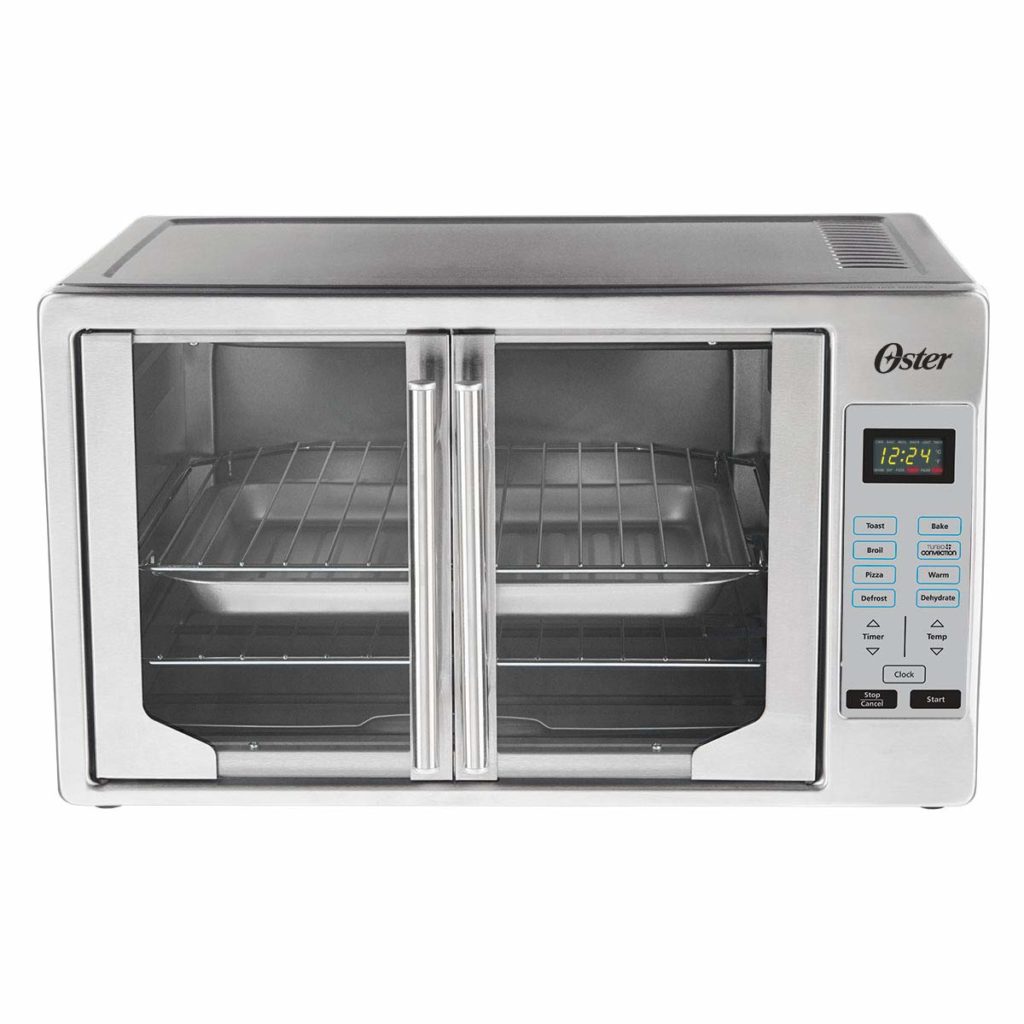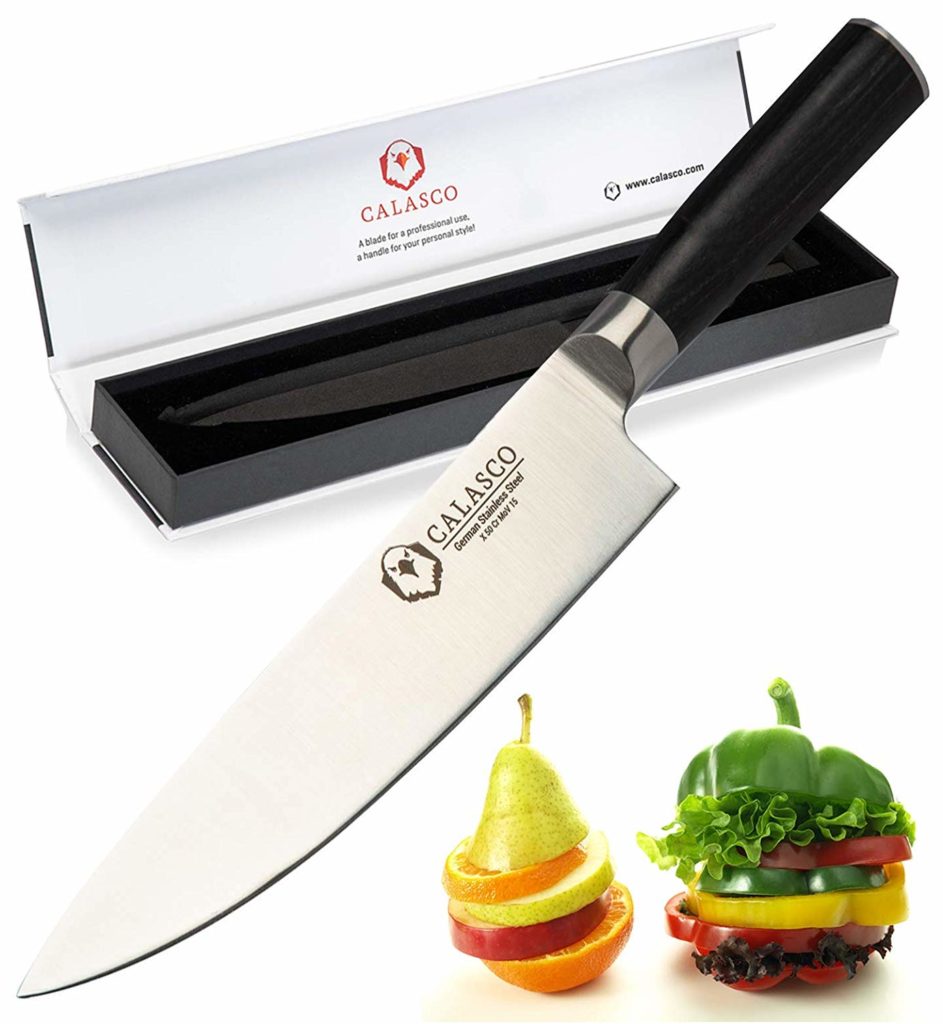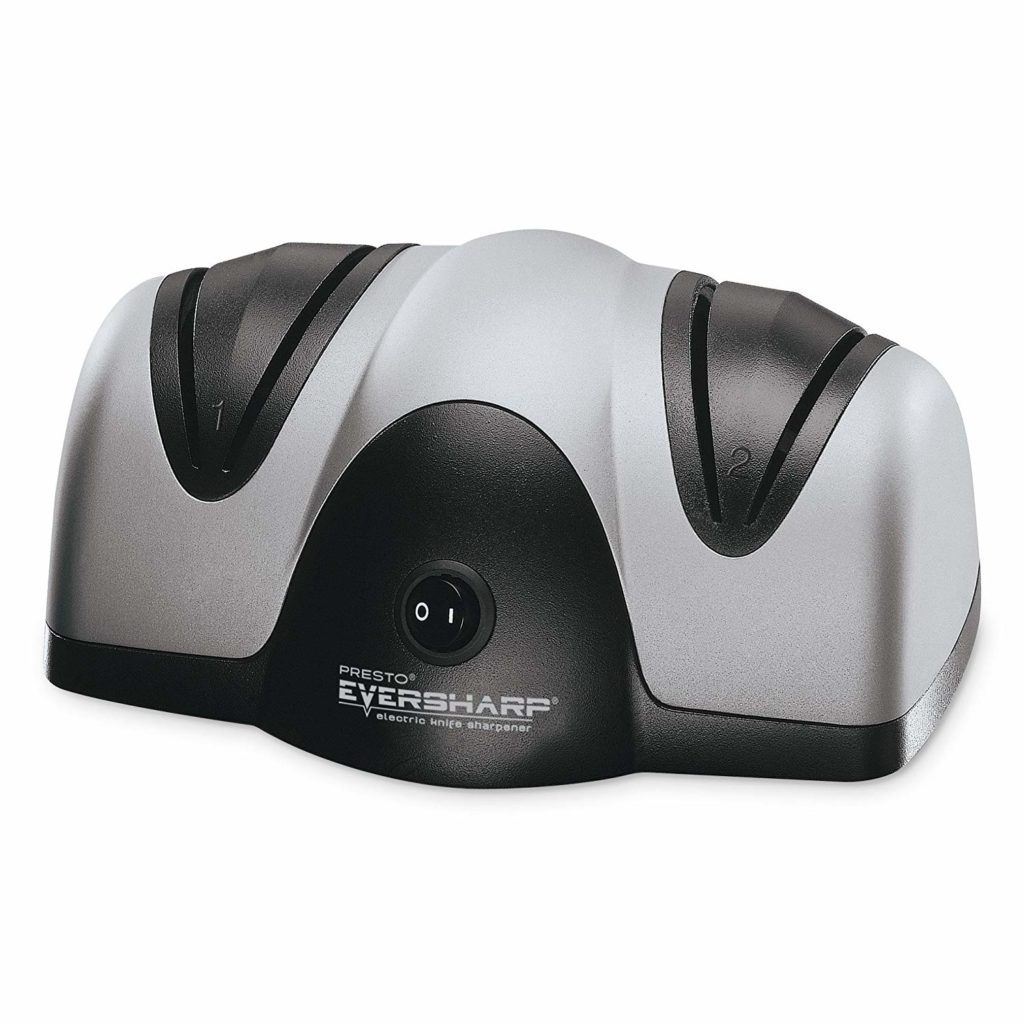You can mop your floors and wipe down the counters on a daily basis, but if your appliances aren’t clean, your kitchen isn’t going to look the way you dream it does. Whether it’s a blender for smoothies or an oven for a pot roast, your kitchen appliances come in handy almost every day. So naturally, they’ll get dirty from time to time and need a bit of elbow grease to knock off some of the larger, built up messes that come from use.
If you haven’t cleaned your appliances, keep in mind that a dirty kitchen means dirty food, and no one wants that! Now, here are some tips for cleaning your appliances without the use of harsh chemicals.
White vinegar will be your best friend while cleaning the kitchen. You may end up keeping a jug handy at all times. It has the benefit of being an amazing cleaner while simultaneously being food-friendly.
Microwave
Fill a bowl with water and slices of lemon. Place in the center of the microwave uncovered. Run the machine on high power for three minutes. Leave the bowl for a few minutes allowing the steam to loosen caked-on food, and the lemons to eliminate odors. Wipe clean.
Coffee machine
To give your coffeemaker an internal clean all you need is white vinegar and water. Fill the reserve with half white vinegar and half water. Insert a coffee filter and run a brew. Turn off the machine mid-cycle and let the solution soak for an hour. Finish the brew. Let the vinegar solution soak the carafe for 30 minutes. Throw out the solution and the used coffee filter.
To remove the vinegar scent and taste from the coffee maker, run clean water with a fresh filter through the machine twice. Wipe down your coffee maker and carafe with a clean cloth.
Large appliances
The kitchen is home to three major appliances – refrigerator, stove/oven, and dishwasher. Cleaning the outside isn’t enough to ensure you’re getting the most out of these key roleplayers. These slightly larger jobs may take over the sink and countertops for a bit of time, so plan accordingly.
Dishwasher
Empty the dishwasher and place a cup full of white vinegar on the top rack. Run the dishwasher on the hottest, longest cycle. This will sanitize and loosen food and soap scum washing them away with the cycle. Any stubborn stains can be spot cleaned with a toothbrush and a paste made of baking soda and warm water.
If your dishwasher still smells after a vinegar cycle, try cleaning out the drain. Food and debris clogs will not only ruin your cleaning power but contribute to a lingering odor. Remove the bottom rack to access the drain and clear out any gunk you can reach with your hands. Remove the drain cover, rinse it in the sink and it’ll be good as new!
Refrigerator
Cleaning the outside requires little more than some elbow grease. However, the inside of a fridge will be a bit more time consuming and take up a lot of space.
There’s no way around it you must remove all food from the refrigerator. Take this time to throw out or compost all expired, spoiled, or unwanted food items. Doing this will remove odor, clutter, and make the fridge all the cleaner. Remove all detachable shelves, bins, or drawers. These can soak in warm water and a light detergent. Spray the entire interior of the refrigerator with white vinegar. The vinegar should handle most stains but anything tougher will scuff out with a baking soda and water paste. Wipe down from top to bottom. The cleaner, as well as crumbs and debris, will fall down to the shelf below, making it easy to keep wiping up as you go. Scrub the removed parts, and dry everything thoroughly before replacing them.
Place a box of baking soda on the bottom shelf of the fridge to soak up any lingering odors.
Stove/oven
The stove will take its fair share of spills. It’s best to clean them asap, without burning yourself of course! If you missed spills or want to get a deeper clean follow these steps.
Remove grates and soak in warm water and mild dish soap (Pro tip: for extra dirty grates do an overnight soak in zip lock bags with a bit of ammonia). Use white vinegar, water, and a toothbrush to scrub spills and food gunk off of the stovetop. Wipe it all down.
Run the self-clean and let it do most of the work. If you’re not satisfied with the results, follow these steps. Heat the oven to 225 degrees. Place a pan of water on the center shelf and let it sit at least 15 minutes. Turn off the oven and let the water cool. Mix with dish soap and use the mixture to scrub the inside of the oven.
Final thoughts
With a bit of know-how, cleaning your kitchen appliances doesn’t have to be an all-day affair that leaves your kitchen looking like a warzone. Following these tips can make your next spring cleaning or post-summer cleaning day a lot more manageable. Remember, white vinegar is your friend for safe cleaning around food, even though it is a little bit on the smelly side.


